Content by Connie Strunk
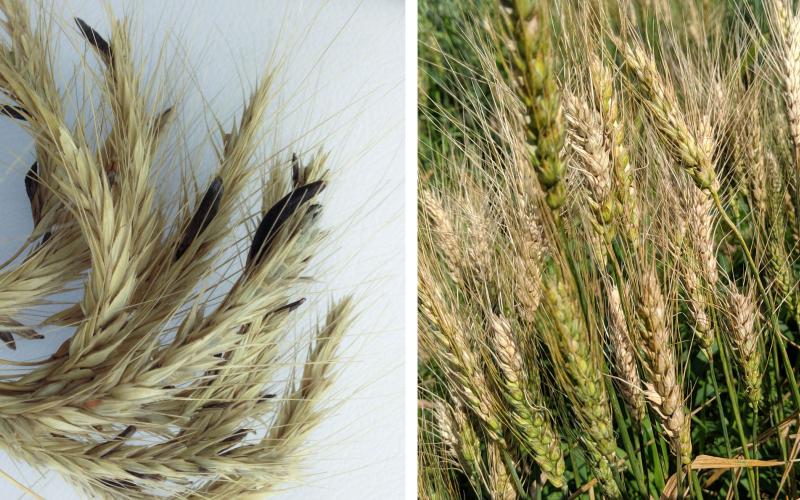
Assess Your Fields for Ergot and Fusarium Head Blight Before Harvest
The 2019 wheat harvest is well underway in South Dakota, with many acres of winter and much of the spring wheat crop left to harvest. To date, reports on yield and quality have been variable, depending on when the crop was seeded, weather conditions at important growth stages (such as flowering and grain fill) and disease pressure throughout the season.
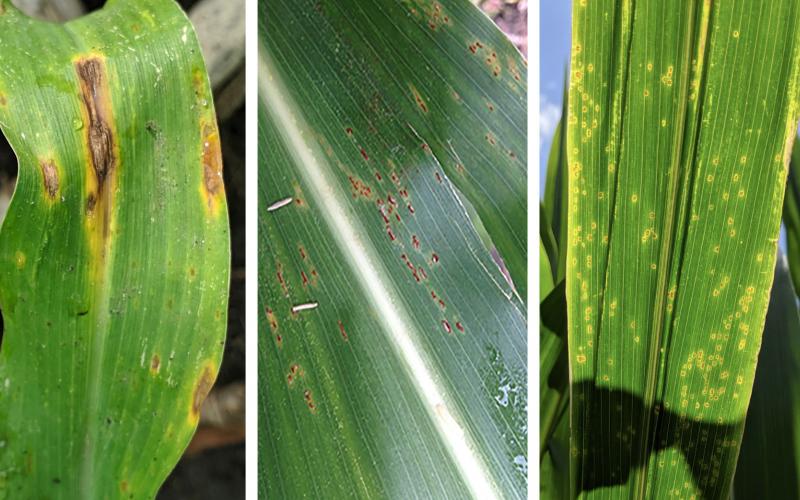
Is a Fungicide Needed for Developing Corn Diseases?
Corn is starting to tassel in several locations across the state. This is also the growth stage when a fungicide may be applied to control fungal leaf diseases. Diseases currently starting to develop are: anthracnose leaf blight, common rust and eyespot.
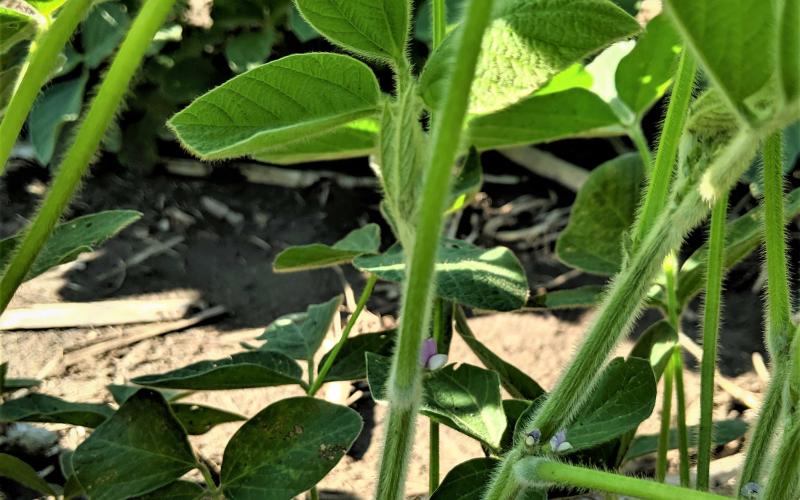
Current Weather Conditions Are Conducive White Mold Development in Soybeans
Frequent rains and overcast conditions continue to occur in South Dakota’s main soybean growing counties. These conditions favor white mold development. In some of these counties, soybean is already at R1, which is also the best timing for fungicide application targeting white mold control.
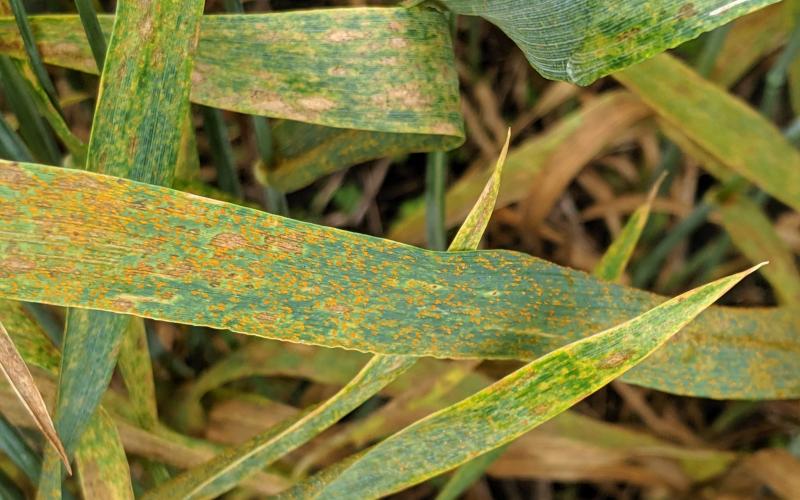
Diseases in Winter Wheat Imply High Inoculum for Spring Wheat
Winter wheat is past the need for an in-season fungicide application. However, many spring wheat fields are yet to flower, making them prone to disease development. A few diseases, including leaf rust, stripe rust, and Fusarium head blight have developed in winter wheat. This implies that there is enough inoculum available for these diseases to develop in spring wheat; especially East River, where rainfall has been frequent.
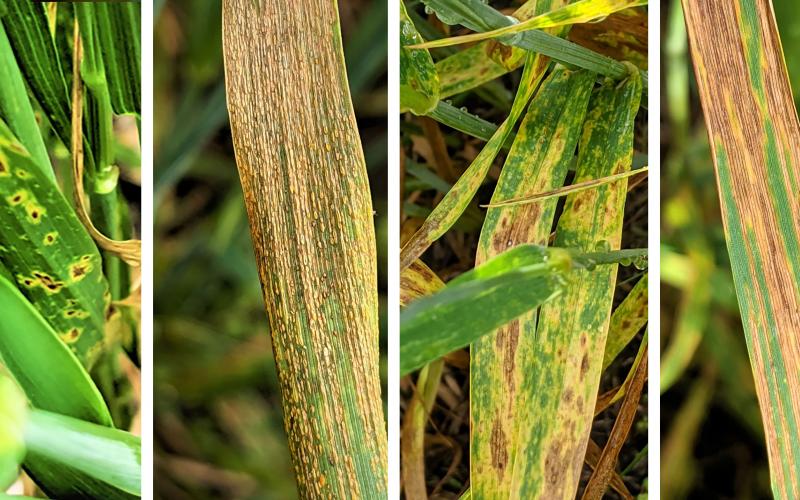
Winter Wheat Disease Update: Leaf Diseases and FHB on the Increase
Winter wheat fields scouted last week show an increase in fungal leaf diseases and bacterial leaf streak. Among the fungal diseases, the most common leaf diseases are tan spot, Stagonospora leaf blotch, and stripe rust. The risk for Fusarium head blight has also started to increase in a number of areas in the state.

What to Do With Unusable Home and Garden Pesticides
As a gardener or homeowner, you may be wondering what you can do with your leftover pesticide products (including herbicides, insecticides, and fungicides), or maybe you bought a new home and the garage or basement is full of mysterious containers with no labels. If products are stored in garages or other areas with a lot of temperature changes, these products may become entirely unusable. So what to do?
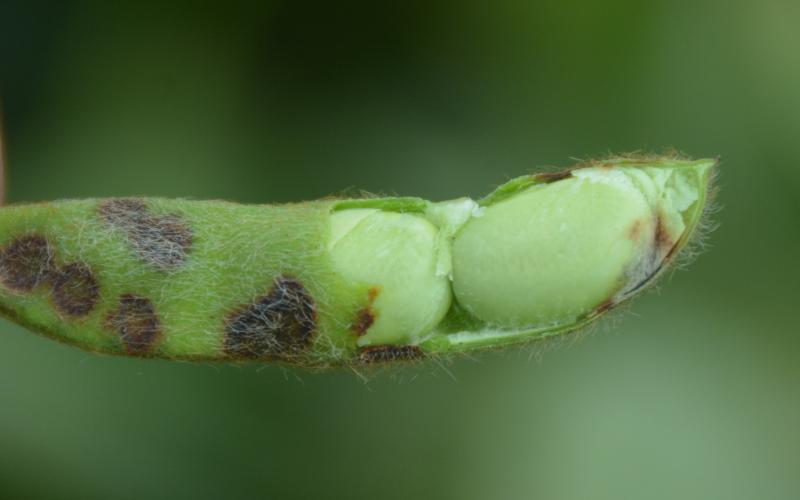
Frogeye Leaf Spot of Soybean
This fact sheet is about a soybean disease that is increasingly becoming more severe in South Dakota. Moreover, fungicide resistance for this pathogen has been detected in South Dakota.
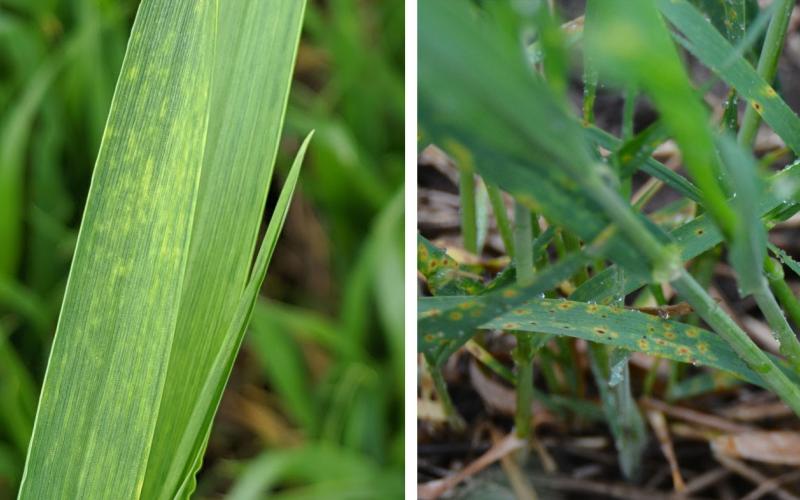
Winter Wheat Disease Update: Wheat Streak Mosaic and Tan Spot Developing at Low Level
Winter wheat fields scouted the week of May 27, 2019 in South Central South Dakota were found with wheat streak mosaic virus and tan spot developing at very low levels. Both diseases were found in non-rotated wheat fields.
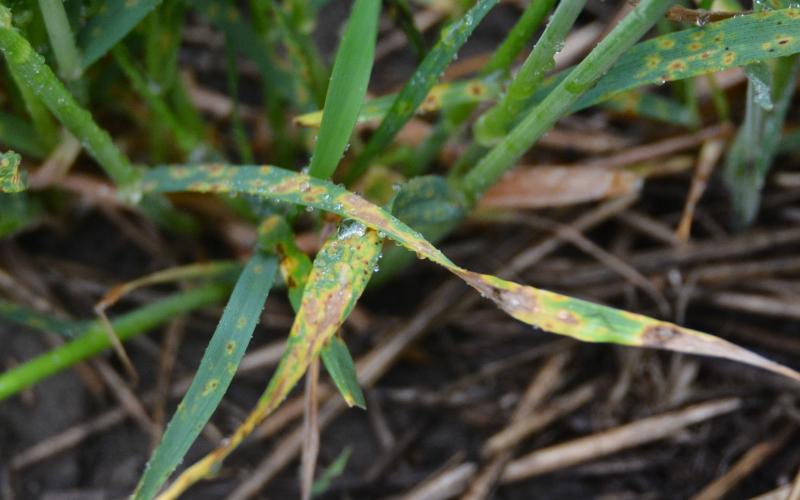
Diagnosing Early Diseases in Winter Wheat
Winter wheat progress is relatively behind the five-year average given the long winter season and low spring temperatures. However, it is important to scout and diagnose early-season diseases in winter wheat to determine the need for an early season fungicide.
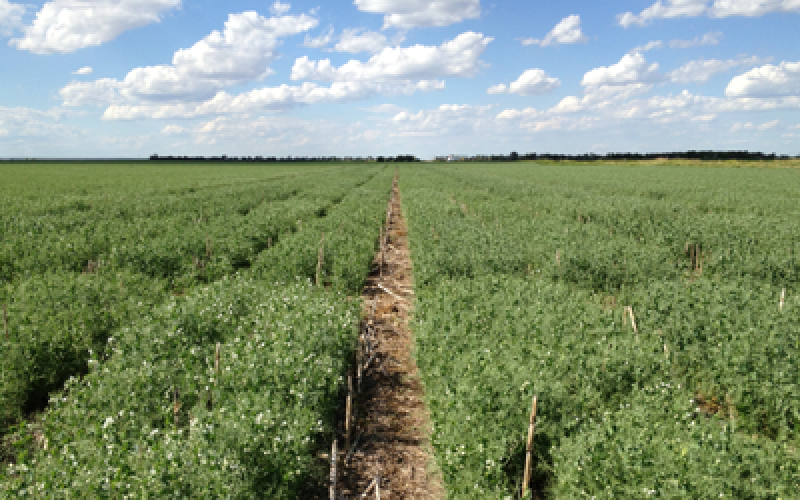
An identification guide of common Diseases of Dry Peas in South Dakota
A guide depicting common diseases of Dry Peas in South Dakota